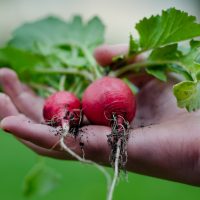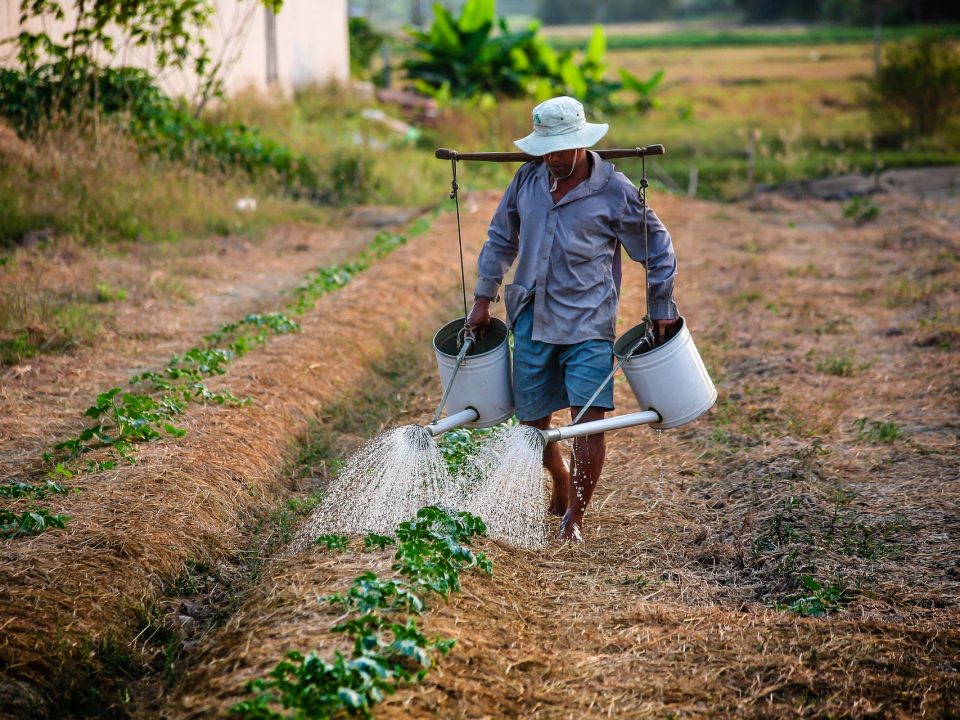Vegetable garden

Life and food
May 23, 2019
plants and pests
June 14, 2019Vegetable garden
Written by ronen kozushner, Natural Green Seeds.
www.orseeds.com www.naseeds.com
For many years, growing food was on a small scale, for self-consumption and near the house
There was a basic existential need
There are still communities that do so, some of them veteran communities and some of them even new communities – as a result of recognition of the environmental catastrophe and a significant decline in the quality of agricultural produce.
Today, most of us buy our food in supermarkets and supermarket chains and we do not really know what’s in our food, How it grows and at what price
Food industries are the number one cause of pollution and damage to the environment and when we buy we do not really know What we support and the message conveyed from marketers and advertisers is misleading and deceiving.
Bright apples, perfect tomatoes and peppers that look more like a cheap plastic toy are plentiful on the shelves And dictate how our food should look
A vegetable garden in our house
A person who once raised his own food knows how to feel good fresh vegetables. He knows the fresh taste, the vibrancy
Rarely, he knows that what grew up in his garden is clean from poison and has less environmental foothold.
With the help of ancient knowledge and new knowledge accumulated in combination with advanced technologies it is now possible to establish a clean organic vegetable garden
Not only in the yard, on the ground, but also on roofs and balconies.
If you have a small piece of land, a well-lit balcony or a sun-exposed roof, you can grow vegetables, fruit, spices and other important herbs.
True, 20 square meters in the backyard or a few roof tanks will not provide all of your household consumption but will provide some of it
Many people do not realize that a small vegetable garden can provide a large percentage of the vegetables and spices for domestic consumption. The vegetables are fresh, clean and available. In addition, this is a small savings of money especially if you buy organic vegetables and spices.
We often hear stories of grown-ups growing up in a rural environment in farms that provide almost all the fruits, vegetables, eggs and milk for home consumption.
Not everyone has a lot of land for growing vegetables, but almost everyone can find a place for a pot or a plantation with herbs. Assuming we decided to consider it and allocate part of the garden to growing vegetables and spices, how do we do it?
How to make a vegetable garden?
First, it is important to prepare the area for planting, and to observe a number of things:
1. Select the area
2. Drainage
3. Fertilizer (fertilization after soil preparation)
4. Land erosion, annual and multi-annual weeding
5. Choosing the seedlings and planning the garden
6. Easy access to the beds
7. Watering
Choosing the area – It is important to find a sunny part (as many hours as the sun is better)
If there is no full sun on all parts of the garden throughout the day, adjust and select plants whose development requires a few hours of sunshine.
Drainage – the garden must have a good drainage, if water accumulates around the root they may cause insomnia, lack of ventilation, and degeneration and death of plants.
Drainage test – first locate the lowest point in the garden area and dig a hole about half a meter deep, water with a tube for about 5 minutes every day and check after 3 days if water has accumulated.
If it seems to us that there is a drainage problem in the garden, you need to expand a bit and deepen the hole to about 1 meter and fill it with medium stones. The last 30 centimeters should be filled with soil.
If there is a soil problem, you can grow plants in large boxes.
Fertilizer – In order to improve the soil and to help the plants develop well and add fertilizer to the soil, organic compost will be a good choice and relatively cheap, you can use homemade compost. The compost should be spread on the ground and concealed inside it.
Soil preparation – The hard part is of great importance for the proper development of the plants, turning the soil into the compost, flattening the ground and allowing the exchange of gases between the air and the atmosphere, it is important to do so when the soil is dry on a warm sunny day. Since we have already poured compost on the ground, this is an opportunity to mix them well with a shovel, a fork or an engine undercarriage that can be rented in gardening equipment. The soil should be turned at a depth of 30-40 cm. Sounds great, but a good preparation of the garden significantly improves its qualities and crops.
Choosing seedlings – you should visit people who already have vegetable gardens and consult, go through several nurseries that sell organic seedlings and see what the options are and decide what you want to grow, you should start with simple vegetables such as radish, carrot, parsley, coriander ….. and then grow strawberries , Cucumbers, squash and more adjust the plants for the seasons and winter crops and summer crops, some species of plants require support and dagging.
Once you’ve decided which crops you want, it’s important to make sure you have all the information about how much sun is recommended, how often and how much water is required,
What should be the distance between a sapling and a sapling, whether seasonal or perennial, for example (Louisa, rosemary) that are perennials or annuals (such as carrots and roquettes) should be replaced every season.
Spice plants remove pests and keep the garden so you might want to plant them in the outside parts of the garden around.
The two seasons should be planted together because their water consumption is similar, and make sure that the plants that grow high do not prevent the sun from the lowest.
Easy access to the beds – no less important than growing the vegetables and spice plants, it is important to be comfortable and easy to pick them when necessary. If you do not want to dirty your shoes in the mud whenever you want to make tea or salad, you can make round or square or long and narrow beds and surround them or between them.
Preparation of an irrigation system – It is recommended to use diaphragm mainly because it is economical (a measured amount of water is sufficient to seep and evaporate less) in all DIY networks (ACE, Home Center, etc.) and others have garden equipment, where you can also consult. You can also get advice from the nursery from which you buy the seedlings.
After we have prepared the garden, we have to wait two to one month to let the soil air, we should water the ground and see that we do not grow grass, and if we do so we can weed.
Selection of plants
It is recommended to choose practical and durable plants and vegetables that the family is accustomed to use. Exotic and special plants that are not used by us will replace the herbs and vegetables that we love.
It is important to find out which plants are suitable for the season a few vegetables can be sown directly in the garden and get beautiful results, the cost of seeds is low, relative to the seedlings are ready – you can consult with the nurseries from which you buy the seedlings.
If you are interested in growing vegetables for home consumption, it is important to plant at intervals of one to two weeks so that we have a steady supply of vegetables (we are not interested in 10 kg of cucumbers, 5 kg of tomatoes and 5 kg of carrots, all of which ripen at the same time).
It is worth starting small, a few seedlings from each vegetable, to see how they grow and develop until they ripen, the amount of crop, which plants are easy to grow and what is more complicated and slowly learn and adapt the garden for family needs.
It is important, of course, to make sure to buy the seedlings and / or seeds from nurseries that are supervised. This ensures that the seeds and seedlings are genetically engineered and free from hormones and chemical fertilizers that are not approved for organic growth.
There are plants that can be “cut” of parts and they continue to grow and fill and satisfy the needs (such as lettuce), there are those that need to prune in a special way,
More details on each vegetable, its nutritional value, its growth character, season of year etc in inhalation we will provide Later/






